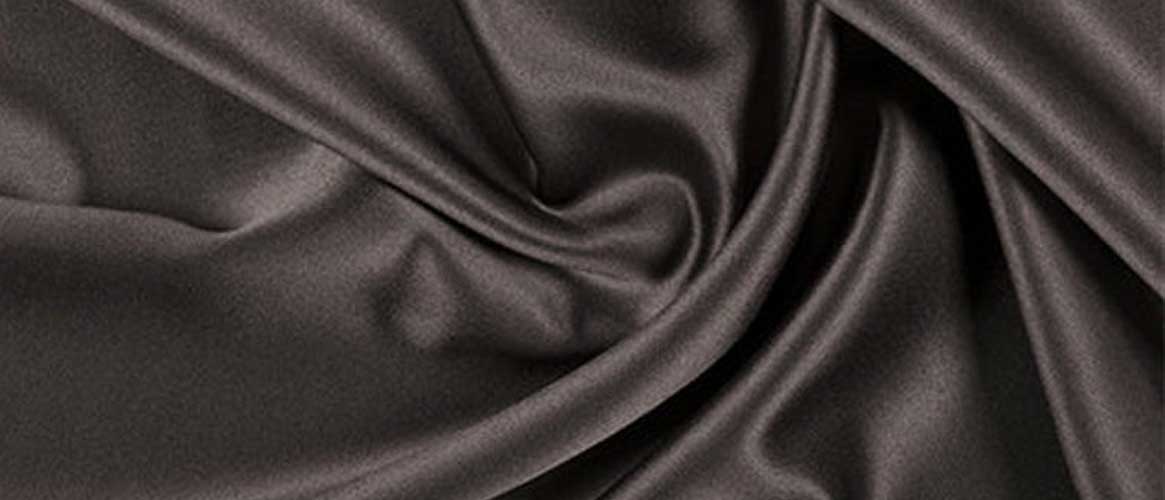Satin
The main advantage of satin fabric is that it can be as expensive or as affordable as you need it to be. Because satin is a weave as opposed to a specific material, you can choose whether to opt for silk satin fabric, a luxurious and expensive satin, or satin from a synthetic yarn, such as polyester or nylon.
What It’s Good For
With its luxurious sheen, satin works well for home decor and crafts such as fabric flowers and wedding favors. Fibers that “float” above others in its weave give the fabric its silky texture. Crepe-back satin is a classic lightweight fabric that suits contemporary fashions, period costumes and vintage-inspired clothing. It flatters most figure types. Satin creates contrast with other dressy fabrics, such as velvet, tulle and lace. “Antique satin,” heavy and reversible, has one smooth and one textured side. Its rich look works well as an accent fabric or lining for capes, jackets, lapels and smoking jackets. “Slipper satin” is a durable version with a high thread count, commonly used for wedding dresses and other formal attire.
Satin is essentially the name of a weave and is not the name given to a specific raw material. It is created out of low-twist yarn by using the process of twill weaving. The weft threads, which are four horizontal yarns, are covered by a single lengthwise yarn, leading to fewer interlacings, which give satin its characteristic smoothness. Satin can be created out of polyester, wool, cotton and silk. However the latter is the best choice, and polyester a close second. Nevertheless, one should not confuse sateen’ with satin as sateen is a fabric created when a satin weave is applied to cotton.




